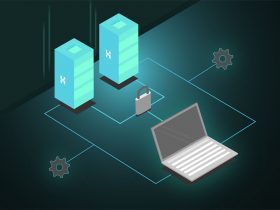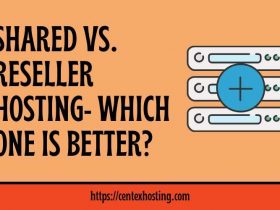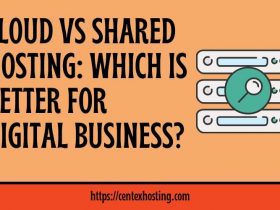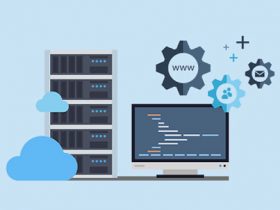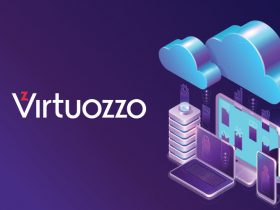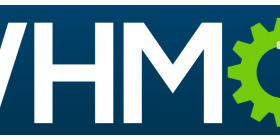The net worth of cloud services is expected to reach $266.4 billion in 2020 with a 17% demand growth. Cloud services are empowering almost every sector of life from commercial businesses to industrial data management. With the enormous growth in the demand for cloud services, the cloud security is becoming the main concern of cybersecurity experts and analysts. Using the power of cloud computing and other cloud-based services can expose you to some cloud security challenges too.
Cloud security challenges have been a serious threat to the security and privacy of online businesses. In 2020, when exceptional growth in the demand for cloud services is expected, here are some challenges that are faced by businesses and companies regarding cloud security:
1. Data Breaches
Data breaches are the biggest threat to the reputation of the companies. If the contract and project details have been breached by any hacker, your company may have to suffer from financial loss too. Here are some consequences of data breaches that your business might have to face in 2020:
- Impact on the market reputation and clients might question your security measures
- Secret and private data regarding the upcoming projects might go public as a result of intellectual property theft
- You may have to face legal restrictions by the legal authorities
- Investors may pull back their funds due to your poor security
- Financial losses may delay your next plans
2. Private Data Selling
If you are dealing with 3rd party contractors, make sure that your clients’ data and records don’t go public. Even if your contractor or any involved individual leaks the data to the internet, your brand integrity will be questioned in the market.
3. Poor Cloud Security Strategy
Cyber-attacks are common in 2020 as more and more companies are using cloud platforms to store and process their official data. Without the team of cybersecurity experts, using online services for data storage can be a threat to your business. Make sure that your IT department has a complete cybersecurity plan ready to face the challenge regarding cybersecurity attacks and threats. A complete understanding of the cloud architecture is required to operate the cloud operations without being the victim of hackers and online attackers.
4. Identity and Access Management
IAM or identity and access management are not only related to cloud computing but this challenge has been in networking for a long time. As many people can have access to the information, a compact access management system is required to stop the chances of unauthorized access. IT department needs to configure these access protocols without compromising the cloud security.
5. Account Hijacking
Account hijacking can be any sort of unauthorized access to private or public profiles of the company officials. Hackers can manipulate those profiles for their personal interests or ask for ransom. Phishing attacks and exploitation of the subscriptions are the common ways to hijack the profiles and accounts.
6. Insider Threat
Insider threat is equally harmful to online and offline businesses. Either you are dealing with cloud security or common insider trading; both challenges can sabotage the business reputation. The negligence of the employees can expose the private data to the competitors as if some employee ends up sending the confidential details to any other competitor. Insider threats can be caused by the negligence of the employees or due to any personal motive.
7. Insecure APIs and Interfaces
Consumers have to use different APIs and user interfaces to interact with cloud services. The security of your online data and the company profiles depend upon the security measures of the APIs. Make sure that you are using updated APIs and platforms that have state of the art authentication protocols and access management systems to ensure the highest standards of the cybersecurity regarding cloud services.
8. Poor Control Plane
The conversion of the data center to cloud storage requires the professional handling of all the operations including data storage, data migration, and data duplication. Having a single dashboard to access and monitor all the data is really important. The data manager must have full control and understanding of the architecture and the flow of the data on the platform. Understanding of the data flow in the organization allows the analysts to take better control of the vulnerabilities and weak points.
9. Lack of Transparency
Most of the small-medium businesses cannot afford to have dedicated servers for cloud storage so they have to choose 3rd party cloud services. These cloud services can be shared or a hybrid where you will not be provided with all the descriptions about the services. The lack of details regarding the platform of cloud services can be a threat and data breaches are possible even without your knowledge. According to a survey regarding cloud security, only 75% of managers were partially confident about the cloud security of their data.
Conclusion
Greater power comes with greater responsibility. Although cloud services are enabling businesses around the globe to do more in less time these challenges require professionals to deal with cybersecurity? There must be certain protocols and practices to ensure efficient cloud security for the safety of the business and the company.



